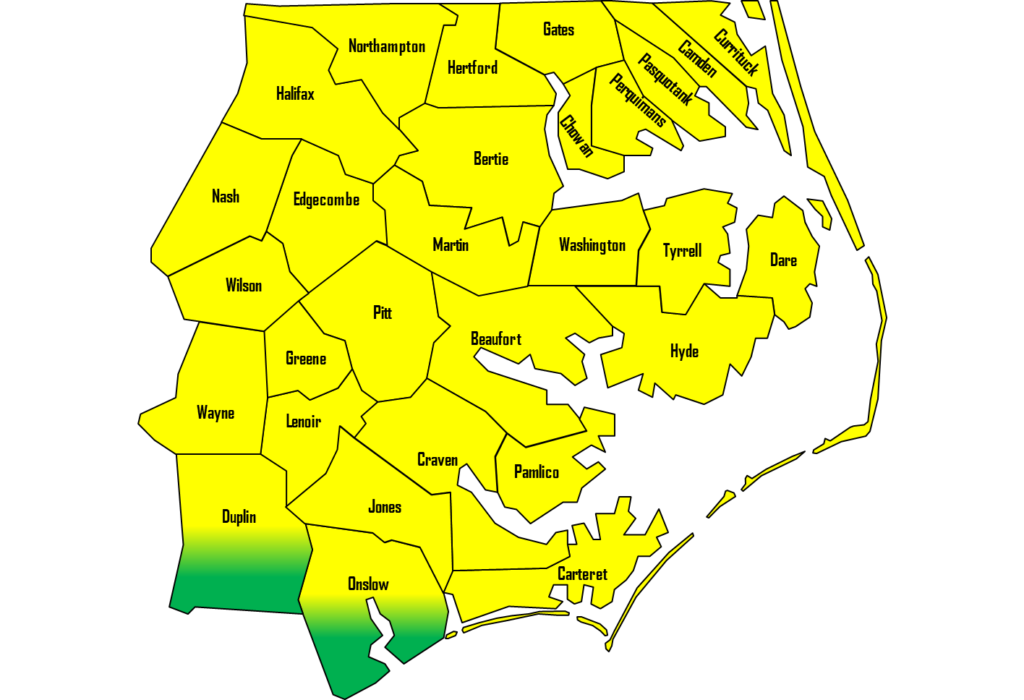Mission (HC)
To facilitate coordination and cooperation throughout the region of Eastern North Carolina by ensuring partners have the capability to mitigate, prepare, respond, and recover from critical health events.
HISTORY
The Eastern HPC began as a subcommittee of the Eastern Trauma Regional Advisory Committee (ERAC) in 2002 and was known as the Disaster Preparedness Committee. The initial role was to manage the Hospital Preparedness Program (HPP) funding. This federal program, operated by the Assistant Secretary for Preparedness and Response (ASPR) is administered in the State of North Carolina by the Office of Emergency Medical Services (OEMS). The goal of this funding was to enhance the ability of hospitals and EMS to respond to a disaster.
This funding came to the Eastern region through the Level 1 Trauma Center at Vidant Medical Center (then University Health System) in Greenville, NC. Because of this, Vidant Medical Center functions as the lead healthcare facility for the program and provides the infrastructure for the Eastern HPC staff as well as operational support.
In January 2012, APSR released the Healthcare Preparedness Capabilities. This provided an enhanced vision for healthcare disaster response. It transitioned the program towards planning and preparedness in addition to response. Joint planning was strongly encouraged to meet these goals.
In April 2015, having increased its scope and outgrowing its role as a subcommittee, the DPC separated from ERAC and formed the Eastern Healthcare Preparedness Coalition. The purpose of the Eastern HPC is to facilitate joint planning, response and recovery to a disaster. This will lead to the continued integration of public health and emergency management into the planning team as well as expansion to other healthcare partners like long term care, community health centers, law enforcement, and fire departments.
PURPOSE
- To coordinate the emergency preparedness efforts of its members across the region to enhance the likelihood of a effective and efficient response in a disaster.
- To coordinate medical and health response activities and services during a disaster.
- Foster communication between local, regional, and state entities on a community wide emergency planning and response.
- Ensure overall readiness through the coordination of community wide training and exercise related to medical and health issues.
- Promote preparedness in the healthcare community through use of efficient and effective standardized practices and integration of medical and health capabilities elements with other partner resources.
- Develop and manage the Assistant Secretary for Preparedness and Response (ASPR) Healthcare Preparedness Program (HPP) grant in a fiscally prudent manner in order to meet the APSR Healthcare Capabilities and other Department of Health and Human Services requirements germane to health and medical preparedness.
- Maintain resources and assets of the EHPC HPP program and of the SMAT II.


